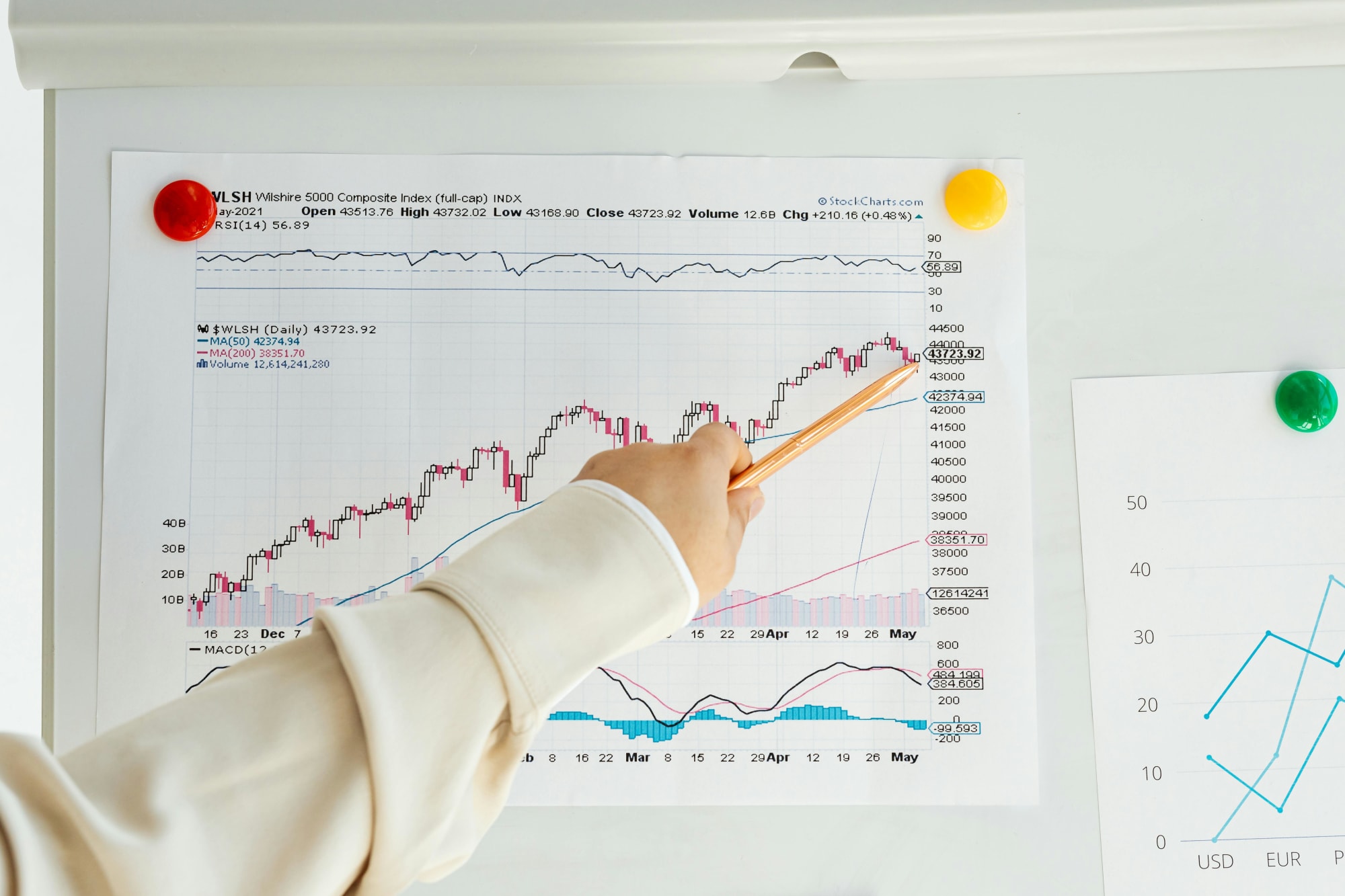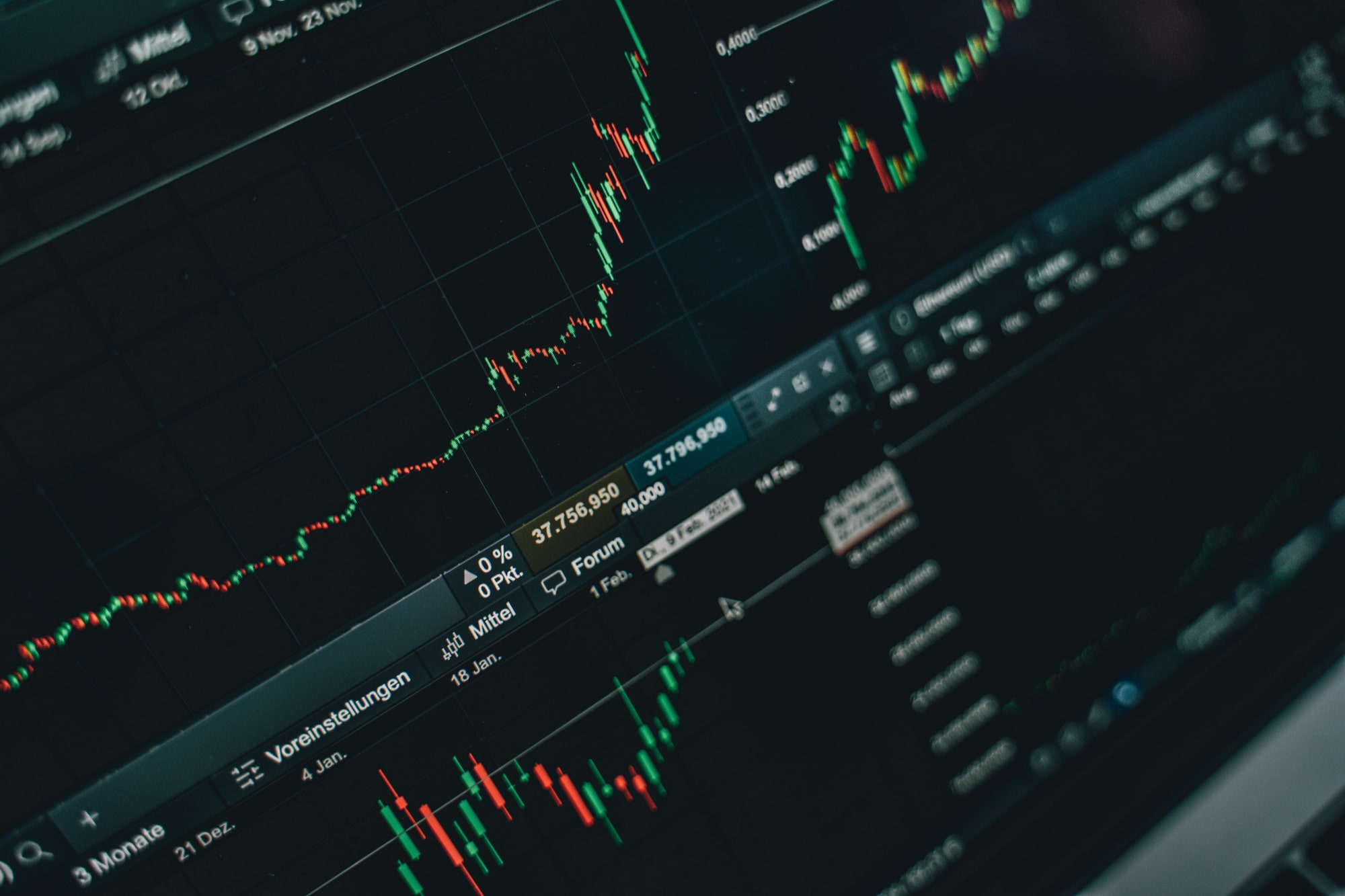Invest
6 reasons not to worry about inflation
Despite consumer expectation of strong inflation, a leading expert has noted six reasons why the world economy will not experience strong inflation growth, even with large government spending and record-low rates.
6 reasons not to worry about inflation
Despite consumer expectation of strong inflation, a leading expert has noted six reasons why the world economy will not experience strong inflation growth, even with large government spending and record-low rates.

Recent data released by Roy Morgan has revealed inflation expectations have almost recovered to pre-COVID-19 levels.
Australians now expect inflation of 3.8 per cent annually over the next two years, the highest level since February and March last year (both 4.0 per cent) and still 0.9 per cent below the long-term average of 4.7 per cent .
Roy Morgan’s CEO Michele Levine said inflation expectations have continued to increase and noted the difference in how men and women perceive price shifts.
“The persistent gender gap on inflation expectations shows how the two largest segments of the population – men and women – are experiencing the current economy in a significantly different way,” she said.

Ms Levine noted women, who visit local supermarkets on a frequent basis, can see prices rising at faster rate than men who tend to be less likely to have this day-to-day interaction with fast moving consumer goods.
“There are many other prices to keep an eye on when assessing economy-wide inflation such as the prices of services such as housing prices, gas, electricity, internet, health-care, insurance, schooling, transport, clothes and entertainment but many of these types of goods and services are bought on a far more infrequent basis than the weekly grocery spend,” she continued.
However, despite this stronger data coming through, a recent paper by Quay Global outlined the six reasons why the world won’t see strong inflation growth:
1. We’ve been here before
Quay's Chris Bedingfield noted bond markets are often cited as the smartest money in the room. Recently, they have signalled a very real concern about rising inflation. However, bond investors had the same concern in 2009 – less than 12 months after the financial crisis bond yields were above their pre-crisis levels.
2. There remains enormous capacity in the labour market
In most advanced economies, the real production of goods and services relies predominately on labour. And while there are many stories of supply bottlenecks and capacity constraints, the broad availability of labour means there are enough real resources in the economy to respond to demand pressures.
3. Large components of the CPI basket aren’t rising much at all
Despite experts discussing the rising ‘copper prices’ or ‘oil prices’ as evidence of imminent inflation, one of the largest components of the US CPI basket is not showing much movement at all. Around a third of US CPI is rent – either from third-party providers or owner-occupier ‘equivalent’ rent. As a manager of a real estate fund with exposure to US apartments, we can say with confidence a meaningful part of this CPI chart is falling; especially around heavily weighted coastal markets.
4. US government spending is not that big relative to the economy
Mr Bedingfield noted one of the interesting observations about the recent $1.9 trillion US government COVID relief package is the debate does not seem to be around ‘affordability’, but the impact on inflation. As we learned from our series on Modern Monetary Theory (MMT), sovereign currency issuers (like the USA, Australia, UK, Japan) are never financially constrained, but are constrained by real resources (or inflation). Inflationary concerns in this context are justified, especially since the US fiscal response to the pandemic is significant relative to history and relative to other countries.
5. Issued currency does not always get spent
One of the lessons from Japan is that while net government spending accrues as a non-government surplus, it does not follow this surplus will be entirely spent on real goods and services. After the enormous credit binge in Japan during the 1980s, Japanese households pivoted to saving (rather than spending). This saving took the form of de-leveraging from the 1980s credit boom.
As we know from our second article on Modern Monetary Theory, private sector loans create deposits. Debt reduction from using deposits (from net government spending) destroys loans (and the deposit) simultaneously. This removes liquid financial assets from the non-government sector and is deflationary.
6. Central bank tools have limited impact on inflation
For the best part of 25 years, most central banks have struggled to lift inflation to their target band. In the US, since 1996 inflation has on average been ~80 per cent below the Fed’s target. Furthermore, the evidence suggests the tools of the central bank (interest rates) have been inadequate for the task of inflation targeting.

Economy
Australia's inflation illusion: the real challenge lies in pricing power and productivity
Headline inflation has cooled to 3.4% year-on-year, but the Reserve Bank’s caution—and a still‑hot housing backdrop—mean the rate threat hasn’t left the room. For boards, the next few quarters are ...Read more

Economy
When house prices lift, tills ring: A case study in turning Australia’s wealth effect into growth
Australia’s latest upswing in household wealth, anchored by higher dwelling values, is more than a feel‑good statistic—it is a profit and planning signal. The ABS notes property’s centrality to ...Read more

Economy
RBA's hawkish stance reflects inflation concerns, State Street economist comments
In a recent statement, the Reserve Bank of Australia (RBA) has signaled a hawkish stance on interest rates, drawing insights from financial experts about the implications for Australia's economic ...Read more

Economy
Navigating the inflation maze: How CFOs can outsmart economic hurdles in Australia
Fresh inflation data have cooled expectations of near-term rate cuts in Australia, intensifying pressure on margins, capital allocation and demand. Rather than wait for monetary relief that may not ...Read more

Economy
Inflation concerns rise as Australia's CPI climbs to 3.8% in October
Australia's latest Consumer Price Index (CPI) figures have sent ripples through the economy, with headline inflation accelerating to 3.8% year-on-year in October, up from 3.6% in September. The data, ...Read more

Economy
October CPI results pose challenges for RBA’s monetary policy stance
In a surprising turn of events, the October Consumer Price Index (CPI) data has raised eyebrows among economists and market strategists, revealing stronger-than-expected inflationary pressures in ...Read more

Economy
Global deal activity declines by 6% amid economic uncertainty, reports GlobalData
In a year characterised by economic turbulence and evolving market conditions, global deal activity has witnessed a notable downturn during the first ten months of 2025. According to GlobalData, a ...Read more

Economy
Australia’s softening labour market puts another RBA cut in play — here’s what business should do now
A four-year high in unemployment has revived expectations the Reserve Bank could deliver another rate cut as soon as November. With quarterly GDP growth running at 0.6 per cent and annual growth at ...Read more

Economy
Australia's inflation illusion: the real challenge lies in pricing power and productivity
Headline inflation has cooled to 3.4% year-on-year, but the Reserve Bank’s caution—and a still‑hot housing backdrop—mean the rate threat hasn’t left the room. For boards, the next few quarters are ...Read more

Economy
When house prices lift, tills ring: A case study in turning Australia’s wealth effect into growth
Australia’s latest upswing in household wealth, anchored by higher dwelling values, is more than a feel‑good statistic—it is a profit and planning signal. The ABS notes property’s centrality to ...Read more

Economy
RBA's hawkish stance reflects inflation concerns, State Street economist comments
In a recent statement, the Reserve Bank of Australia (RBA) has signaled a hawkish stance on interest rates, drawing insights from financial experts about the implications for Australia's economic ...Read more

Economy
Navigating the inflation maze: How CFOs can outsmart economic hurdles in Australia
Fresh inflation data have cooled expectations of near-term rate cuts in Australia, intensifying pressure on margins, capital allocation and demand. Rather than wait for monetary relief that may not ...Read more

Economy
Inflation concerns rise as Australia's CPI climbs to 3.8% in October
Australia's latest Consumer Price Index (CPI) figures have sent ripples through the economy, with headline inflation accelerating to 3.8% year-on-year in October, up from 3.6% in September. The data, ...Read more

Economy
October CPI results pose challenges for RBA’s monetary policy stance
In a surprising turn of events, the October Consumer Price Index (CPI) data has raised eyebrows among economists and market strategists, revealing stronger-than-expected inflationary pressures in ...Read more

Economy
Global deal activity declines by 6% amid economic uncertainty, reports GlobalData
In a year characterised by economic turbulence and evolving market conditions, global deal activity has witnessed a notable downturn during the first ten months of 2025. According to GlobalData, a ...Read more

Economy
Australia’s softening labour market puts another RBA cut in play — here’s what business should do now
A four-year high in unemployment has revived expectations the Reserve Bank could deliver another rate cut as soon as November. With quarterly GDP growth running at 0.6 per cent and annual growth at ...Read more








